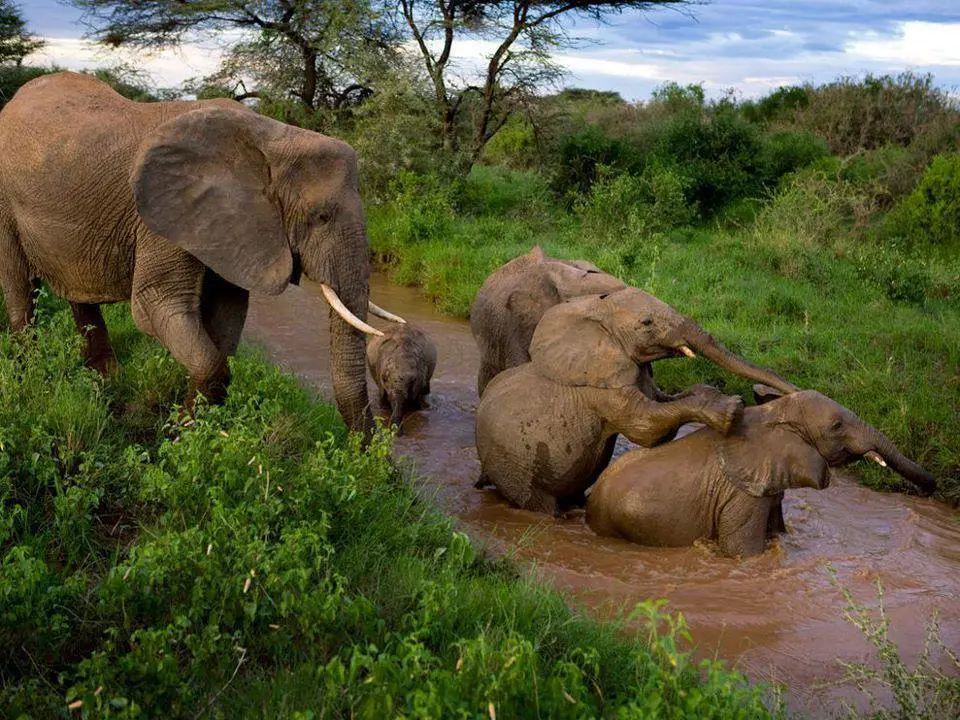In the Brong-Ahafo Region, there is a protected area known as Digya National Park. It is one of the biggest national parks in the nation, with a total size of over 1,342 square miles (3,478 square kilometres). The park was established in 1971 with the goal of preserving and safeguarding the distinctive species that may be found there.
The island known as Digya, which is located in the centre of Volta Lake, inspired the park’s name. The Northern Sector and the Southern Sector are separated by the Volta River, which also runs through the park. A mixture of wide-open wooded areas, deep tropical rain-forest, and Savannah grasslands make up Digya National Park’s topography.
Digya National Park is renowned for having a variety of plants and animals. Mahogany, ebony, and silk cotton trees are just a few of the numerous tree species that may be found in the rain forest regions. The park is a crucial environment for conservation because it is home to several wildlife species. Several mammal species, such as elephants, antelopes, buffaloes, and monkeys like the colossus and green monkey, can be seen by park visitors. The park is a sanctuary for birdwatchers because it is home to over 230 different bird species.

The park provides chances for bird-watching, nature hikes, boat tours on the Volta River, and seeing wildlife. In some park sections, game drives are offered, allowing guests to explore and see wildlife in its natural setting.Typically, local guides are present to answer questions about the park and its residents.
Digya National Park is a protected area, so it’s vital to remember that adhering to rules and regulations will help to preserve the park’s natural riches. The park’s administration works to protect natural harmony and encourage environmentally friendly tourism.
Digya National Park admission restrictions and visitor amenities may change, so it’s best to check with local authorities or tourism organizations for the most recent information if you want to visit.


